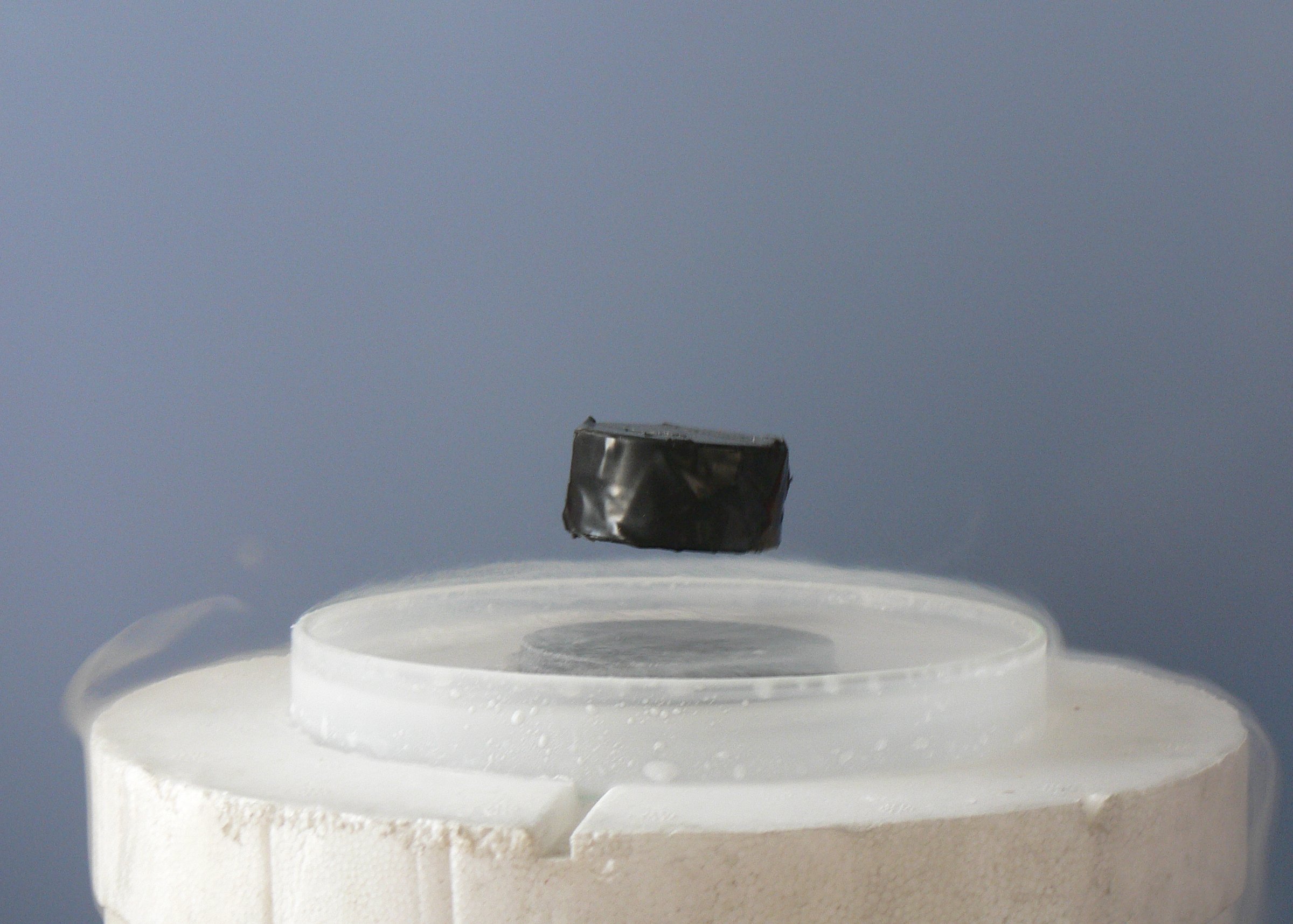
Photo from academic.microsoft.com
Although some poly(n-alkylene n-alkylenedionate) (PAAD)s are believed to be biodegraded easily, others are barely degraded. However, comparative studies of biodegradability have been limited to only a few types of typical… Click to show full abstract
Although some poly(n-alkylene n-alkylenedionate) (PAAD)s are believed to be biodegraded easily, others are barely degraded. However, comparative studies of biodegradability have been limited to only a few types of typical PAADs. Therefore, in this study, we prepared nine poly(butylene n-alkylenedioate) (PBAD)s having 2–10 methylene units in the dicarboxylic acid and evaluated the biodegradability of these PBADs by biochemical oxygen demand (BOD)-biodegradation testing. The frequencies of the degrading microorganisms in 19 sites varied with the structure of PBADs. Additionally, BOD-biodegradation rates of PBSu and PBDd were much lower than those other PBADs. Thus, the environmental degradability of PBADs could be related to the frequencies of species that produced the degrading enzymes. Phylogenetic analysis of PBAD-degrading isolates and related species revealed that various bacterial taxa composed of five phyla were involved in environmental degradation of PBADs.
Journal Title: Polymer Degradation and Stability
Year Published: 2017
Link to full text (if available)
Share on Social Media: Sign Up to like & get
recommendations!